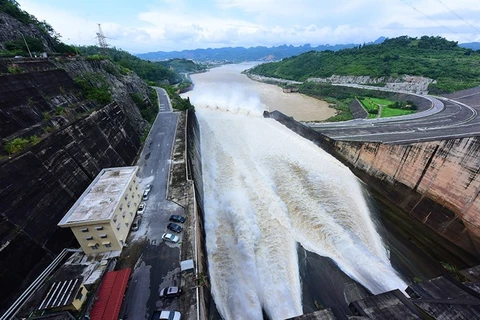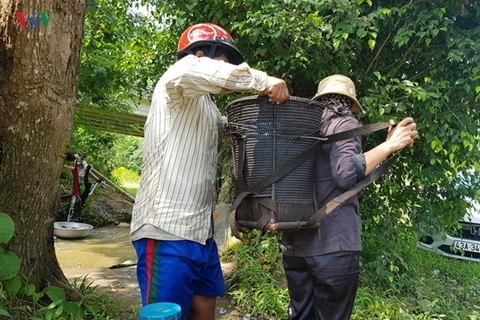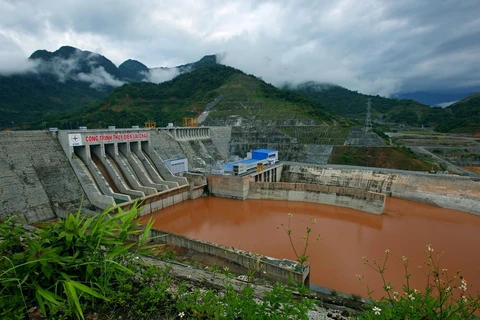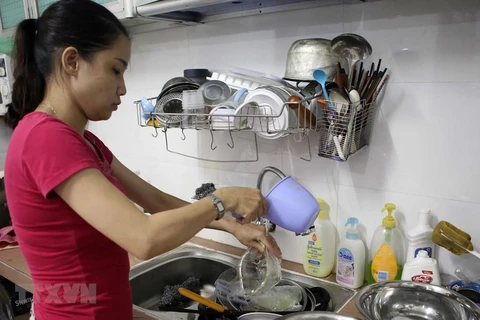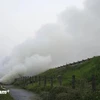Hanoi (VNA) - The Ministry of Natural Resources and Environment has warned that northern localities are facing water shortages as reservoirs are drying up.
Rainfall in October is forecast to be lower than the average level of previous years, down by 20 to 40 percent. The water shortage is predicted to be extremely serious, the ministry warned in a document sent to reservoir management and operation units in the north.
The water levels of important reservoirs are currently very low, despite it being just the beginning of the dry season.
According to the Vietnam Electricity (EVN), as of August, water of hydropower reservoirs is low, mostly lower than the average level of previous years.
Hydropower reservoirs located on the Da River have the lowest water level in the recent 30 years.
As of August 31, the water level of 37 reservoirs managed by EVN stood lower than that of the previous year.
Total capacity of hydropower reservoirs is about 14.3 billion cu.m, about 11.2 billion cu.m lower than 2018, equivalent to about 2.5 billion kWh.
The ministry has asked reservoir management and operation units to save water to ensure supply for the lowland area of the Red River during the dry season.
The reservoirs have been requested to store water to ensure they have the minimum required level by October 31.
The EVN said it would limit water exploitation in the north for water storage in the final months of the year.
In June this year, which is normally flood season, many reservoirs nationwide had their water reach dead levels due to prolonged heat and a lack of rain. This affected electricity generation and crop production.
Thousands of hectares of land suffered from droughts and water shortage, while the Directorate of Water Resources had to order localities to install water pumpers and drill wells.
For long term solutions, localities have studied switching crops to growing plants which can adapt to dry conditions.
According to the directorate, more than 19,000 ha of crops in the north-central region have suffered from droughts and water shortage in the summer harvests.
The directorate predicted that more than 52,000 ha of crops will suffer droughts by the end of the dry season.
The directorate advised farmers not to grow plants in areas outside irrigation work locations and expand production which exceeds watering capacity of the system./.

